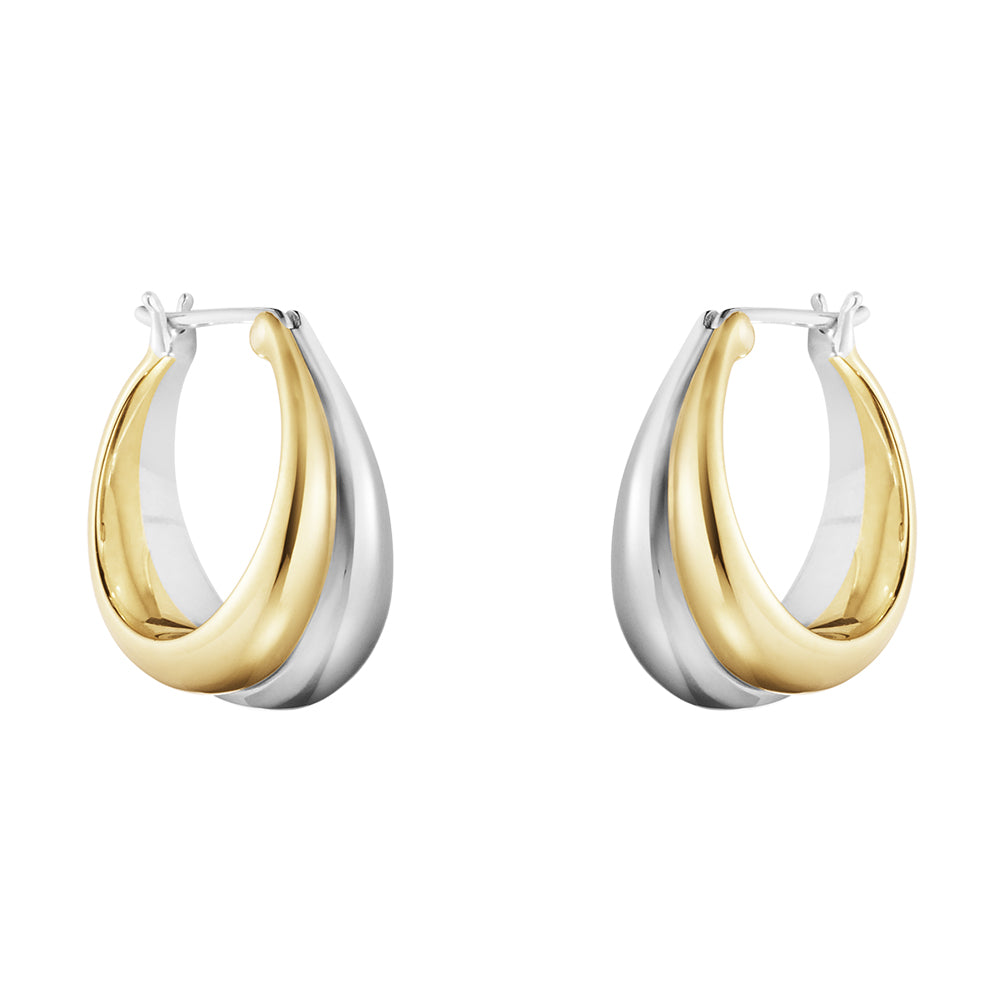
What Is a Tennis Bracelet? History and Beauty
Introduction
Graceful, glittering, and symbolic—the tennis bracelet is more than a string of diamonds. It blends heritage, innovation, and beauty into a design that moves with you. But what makes it so iconic? From physics to fashion, here’s a deep dive into this luxurious legacy.

A Sudden Pause in Sport: How the “Tennis Bracelet” Got Its Name
You might expect a high-end piece of jewelry to debut at a runway show or royal event. But the tennis bracelet became a household name during a moment of unexpected vulnerability on a tennis court.
In 1987, Chris Evert—then one of the top-ranked female tennis players in the world—was locked in a fierce match at the U.S. Open. Amidst the intensity, her delicate diamond bracelet flew off her wrist. She asked for the game to be paused while she searched for it. It wasn’t just the interruption that made headlines—it was the profound message behind it: even in the high-stakes world of professional sports, this single bracelet held such sentimental and personal value that the entire world paused with her.
The press dubbed the jewelry a “tennis bracelet,” and the name stuck.

A Style Before Its Name
While Evert’s moment gave the bracelet its contemporary identity, the design itself dates back much further. In fact, similar styles appeared in the 1920s, often referred to as “line bracelets” during the Art Deco era. These pieces showcased the same minimalist line of diamonds set in a flexible band—perfectly capturing the Deco obsession with symmetry, clean lines, and modern elegance.
But Evert’s interruption redefined the piece: it wasn't just beautiful, it was emotionally irreplaceable.
The Invisible Engineering Behind Effortless Beauty
At first glance, a tennis bracelet looks like a delicate loop of diamonds—graceful, effortless, fluid. But don’t be fooled by its simplicity: the design is a masterclass in microengineering.

Anatomy of a Tennis Bracelet
A classic tennis bracelet features a continuous row of individually set diamonds or gemstones, each matched for size, color, and clarity. These stones are typically held in place by prong settings—though bezel or channel settings are also popular—and attached by tiny articulating links that allow the bracelet to move like silk across the wrist.
It’s not just a question of flexibility. The links must support the combined weight of the stones while ensuring none fall out due to stress or movement. For this reason, premium bracelets often include:
Box Clasps with Safety Latches – a two-tiered closure system to prevent accidental loss
Double Safety Chains – featured in vintage and high-end pieces
Pressure-tested Links – a durability standard in fine jewelry
The tennis bracelet beautifully embodies the principle of “form meeting function”—balancing fashion and fine craftsmanship. While not coined by GIA, this concept resonates with the standards the Gemological Institute of America promotes in diamond and jewelry grading.

The Science of Sparkle: Why Tennis Bracelets Shine in Motion
A key part of the bracelet’s appeal lies not in stillness—but in motion.
When a diamond tennis bracelet moves, it catches light from constantly changing angles. This creates scintillation: the rapid flicker of white and colored light as the bracelet shifts. Unlike a ring or pendant, which generally sits in one orientation, the bracelet bends and sways naturally with your wrist.
According to research by the American Gem Society (AGS), the human eye is drawn more to moving sparkle than to static shine. This is a survival mechanism dating back to our hunter-gatherer ancestors, who relied on detecting motion in the wild. That same instinct now explains why jewelry like a tennis bracelet mesmerizes us—it sparkles more vividly when worn.
Why Cut Matters More Than Carat
While larger stones are often sought after, scientists agree that a diamond’s cut has a greater influence on sparkle than size. An Ideal or Excellent cut rating ensures optimal light return—a fact backed by both AGS and GIA standards.
The bracelet’s mobility works as a natural kinetic amplifier. The wrist’s curvature and daily gestures create the perfect stage for diamonds to perform. In essence, the bracelet becomes a wearable light show—an interactive piece of jewelry design that thrives in movement.

More Than Glamour: The Tennis Bracelet as a Cultural Symbol
Beyond its dazzling brilliance and elegant simplicity, the tennis bracelet holds a deeper place in cultural memory. It is more than a piece of jewelry—it is an icon of balance, strength, and elegance in motion.
A Legacy of Feminine Strength
Chris Evert’s 1987 incident wasn’t just about diamonds—it was about a woman gracefully balancing poise with power. That moment captured the essence of the modern woman: strong, stylish, unafraid to be both competitive and sentimental. The tennis bracelet has since become a symbol of:
Emotional resilience – The delicate appearance masks its durable craftsmanship.
Daily luxury – A reminder that beauty belongs in everyday moments, not just special occasions.
Movement and freedom – A break from the rigidness of more formal jewelry.
Worn by Royals, Celebrities, and Everyday Icons
Today, tennis bracelets appear on the wrists of women across generations—from Meghan Markle and Zendaya to professionals balancing a laptop with a latte. The bracelet’s subtle presence makes it photogenic yet practical, equally at home on red carpets or in office meetings.
In fact, search trends from Google show a consistent spike in “tennis bracelet” queries around key gift-giving seasons—Valentine’s Day, Mother’s Day, and graduation months—underscoring its emotional weight.

Customization & Personality: Making the Tennis Bracelet Your Own
Though diamonds are classic, personalization is reshaping the tennis bracelet’s identity. Buyers today want meaning, not just materials.
Gemstone Alternatives and Symbolism
Modern tennis bracelets now feature sapphires, emeralds, aquamarines, or mixed stones. Each choice tells a different story:
Sapphires – Loyalty, truth, and wisdom
Emeralds – Growth, love, and new beginnings
Birthstones – Personalized gifts that match significant months
Black diamonds – Strength and mystery; popular for minimalist or gender-neutral styles
According to data from Jewelers of America, over 40% of customers in the luxury segment now request some form of gemstone customization.
Metal Matters: Settings for Every Story
While white gold and platinum remain timeless choices, rose gold adds warmth and femininity, while yellow gold evokes a vintage or royal vibe. Designers now offer:
Mixed metal settings – for a two-tone look that pairs well with other jewelry
Matte finishes – subtle sophistication with modern restraint
Recycled metals – eco-conscious options with lower environmental impact

Ethical Brilliance: Sourcing and Sustainability in Modern Bracelets
As global awareness increases, so does the demand for transparency in luxury. Today’s consumer wants to know where their diamonds come from and how they’re mined or produced.
Lab-Grown Diamonds: Science Meets Elegance
Thanks to technological advances, lab-created diamonds are now chemically and optically identical to mined ones—but come without the ethical or environmental concerns. According to the Federal Trade Commission (FTC), these diamonds can legally be called “real” and are increasingly popular in tennis bracelets.
Lab diamonds:
Cost 20–40% less than mined diamonds
Are conflict-free by origin
Offer greater customization due to consistent quality
Conflict-Free Sourcing and the Kimberley Process
Many fine jewelers now adhere to the Kimberley Process Certification Scheme (KPCS), ensuring that diamonds are not financing conflict. This is vital to modern buyers who view jewelry as an extension of values, not just style.
Look for brands that offer certification, transparent sourcing, and eco-friendly packaging—these are the new standards of luxury.

The Bracelet that Moves with You: Real-Life Scenarios
To elevate this bracelet from accessory to necessity, let’s step into a few natural scenes that illustrate how seamlessly it fits into daily life.
Scene 1: The Morning Commute
You catch the metro. One hand holds your coffee, the other swipes your transit card. Your tennis bracelet—sleek, light-catching—adds quiet sophistication to your blazer sleeve. Other commuters notice, subtly, admiring the effortless elegance.
Scene 2: Dinner with Friends
The soft lighting of your favorite bistro reflects off the bracelet as you raise your glass. It complements your minimalist dress and layered necklaces, pulling the entire outfit together without overwhelming it. When your best friend notices, she asks, “Where did you get it?” It sparks a ten-minute conversation.
Scene 3: A Quiet Evening Alone
Even in solitude, beauty matters. You take off your earrings, apply lotion, unwind. The bracelet stays on—still catching light under your bedside lamp. It reminds you of the day’s wins, of your elegance even in rest. That’s what makes it a staple, not just a statement.

Choosing the Perfect Tennis Bracelet: A Buyer’s Guide
While the classic tennis bracelet has universal appeal, choosing one that fits your lifestyle, aesthetic, and values is both an art and a science. Below is a comprehensive guide that goes beyond price tags.
Diamond Quality: The 4 Cs
Borrowed from engagement ring grading, the Four Cs—cut, clarity, color, and carat—apply equally to diamond tennis bracelets. Here's how they matter:
Cut: Impacts sparkle. A well-cut diamond (especially round brilliant) will catch light from every angle, even in low light settings.
Clarity: Measures flaws. VS1–VS2 diamonds are eye-clean and affordable. For a cleaner look, SI1 clarity offers great value.
Color: Ranges from D (colorless) to Z (noticeable yellow). D–F is rare and premium; G–H offers a balance of beauty and cost.
Carat: Total carat weight (CTW) affects both the bracelet’s visual impact and price.
Science tip: According to the Gemological Institute of America (GIA), viewers perceive brilliance before size. Thus, a bracelet with smaller, well-cut stones often appears more radiant than one with larger but poorly cut diamonds.
GIA Diamond Education
A. Setting Styles and Security
The setting not only holds the stones but determines the bracelet’s flexibility, comfort, and elegance:
Prong Setting: Classic and allows maximum light, but may catch on fabric.
Bezel Setting: Sleeker and secure, perfect for active lifestyles.
Channel Setting: Stones sit flush in a metal channel—smooth, continuous sparkle.
Some brands now include safety clasps or double-locking mechanisms, reducing the risk of loss—a feature born directly from Chris Evert’s 1987 accident.
B. Sizing: The Fit Factor
A tennis bracelet should fit like a silk ribbon—not tight, not loose. The ideal length? Allow enough space to slide a pinky between your wrist and the bracelet. Women with smaller wrists often opt for 6.5 inches; average wrists lean toward 7 inches.
Expert tip: Add a short extension chain (up to 0.5") to accommodate swelling during hot months or during travel.

The Psychology of Gifting a Tennis Bracelet
A tennis bracelet is more than a luxurious accessory—it’s a gesture of profound intent. Whether gifted to oneself or another, it carries layers of unspoken meaning.
A. For Partners: A Symbol of Lasting Admiration
Unlike a ring, which can carry the pressure of commitment, a tennis bracelet symbolizes freedom within love. It’s about honoring someone’s rhythm—supporting their movement, not restricting it. This makes it ideal for:
Anniversaries
Milestone birthdays
"Just because" gifts with emotional depth
As relationship experts often suggest, a thoughtful piece like a tennis bracelet doesn’t impose expectations—it expresses appreciation. It’s a quiet recognition of your partner’s grace and everyday brilliance.
B. For Yourself: Empowerment in Every Link
Self-gifting has become a cultural phenomenon—particularly among women reclaiming rituals once defined by others. Buying a tennis bracelet can be an act of self-celebration:
A promotion
A personal triumph
A post-divorce transformation
A moment of clarity
It becomes a portable talisman, quietly marking growth and identity.

How to Care for a Tennis Bracelet: Science-Backed Advice
Luxury deserves longevity. A tennis bracelet is engineered for movement—but like any masterpiece, it requires intentional care.
A. Daily Maintenance
Wipe after each wear using a soft, lint-free cloth to remove oils and dust.
Avoid exposure to chlorine, lotions, or perfumes—chemicals can dull metal and loosen settings.
Science Insight: According to a study by the American Chemical Society, prolonged contact with household bleach can degrade gold alloys and cause micro-fractures in prongs.
B. Safe Storage
Store in a fabric-lined jewelry box, preferably flat.
Use a dedicated slot or pouch to prevent scratches.
Never pile it with other pieces—diamonds can scratch each other.
C. Annual Check-Up
Just like your car or skin, your bracelet needs professional eyes. Visit a certified jeweler yearly for:
Prong inspection
Ultrasonic cleaning
Re-polishing of the metal
Loose stone tightening
Many retailers now offer lifetime service plans—a small investment for generational preservation.

The Sublime Value of a Tennis Bracelet
In a world of fleeting trends and digital filters, the tennis bracelet endures—not because it shouts, but because it whispers elegance into the everyday.
It’s not merely about carats or price. It’s about moments:
The whisper of movement on your wrist in a quiet elevator
The flash of brilliance during a laugh
The glimmer captured in a candid photo
Whether layered or worn solo, the tennis bracelet is a portrait of you—fluid, focused, unforgettable.
To own one is to say: I value grace in motion.

Frequently Asked Questions (FAQ)
Q1: Why is it called a tennis bracelet?
A: It was popularized after tennis legend Chris Evert lost hers mid-match at the 1987 US Open. She paused the game to retrieve it, giving the design its iconic name.
Q2: Are tennis bracelets only for women?
A: Not at all. Many unisex and masculine styles exist today, often with black diamonds, tungsten, or minimalist settings.
Q3: Do lab-grown diamonds affect value?
A: Lab-grown diamonds hold lower resale value than mined ones but offer ethical and financial advantages with identical visual brilliance.
Q4: Can I wear my tennis bracelet daily?
A: Yes, if it has secure settings and is cleaned regularly. However, avoid rough activities like weightlifting or gardening while wearing it.
Q5: How much should I expect to spend?
A: Prices range from $300 (simple CZ or silver styles) to over $20,000 for premium diamond and platinum pieces. The average high-quality diamond bracelet is around $2,500–$5,000.

Call to Action
Ready to bring grace into your daily rhythm?
Whether you seek a whisper of elegance or a bold personal statement, the tennis bracelet is timeless in both spirit and design. At Relaxfeel Fashion, we offer curated bracelet collections—crafted with care, elegance, and meaning.
Explore the collection, discover your brilliance, and let your wrist tell a story that never stops moving.
[Shop Now] – because elegance is never stationary.








